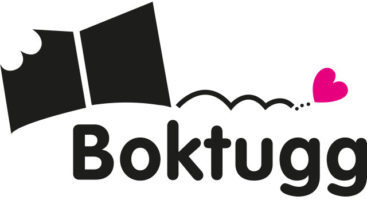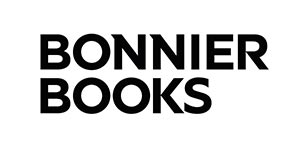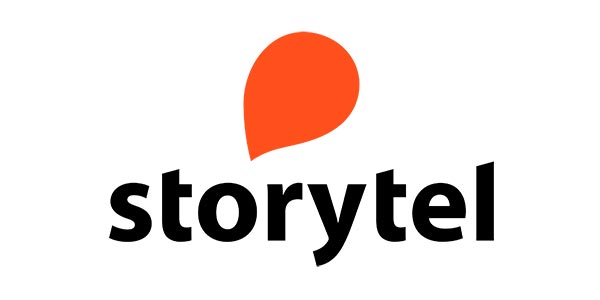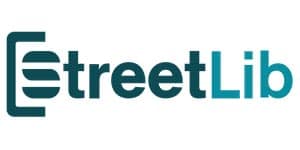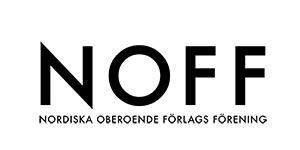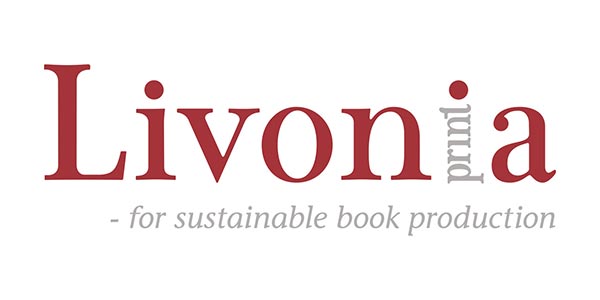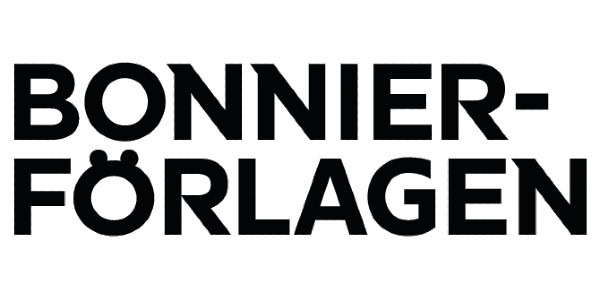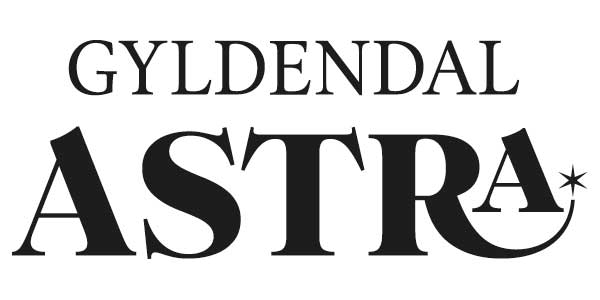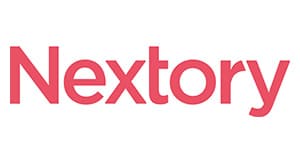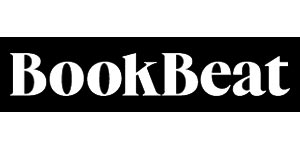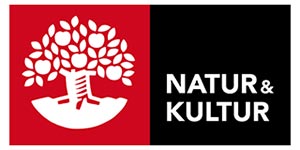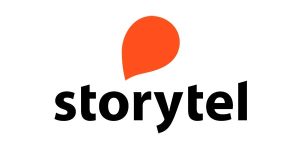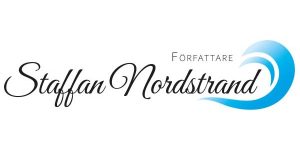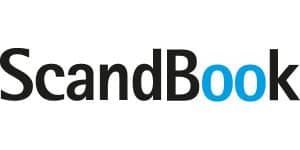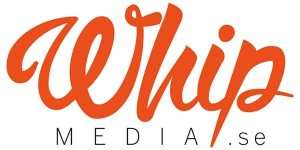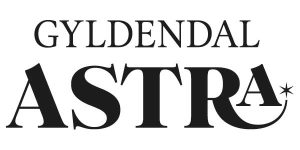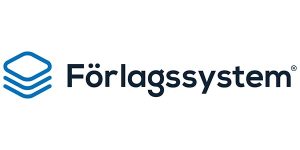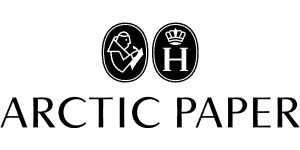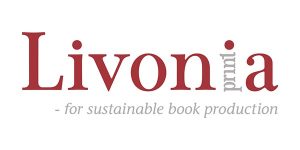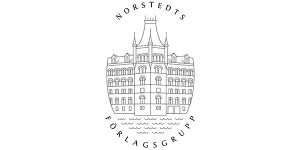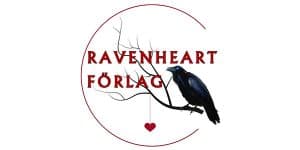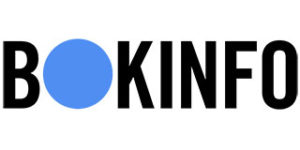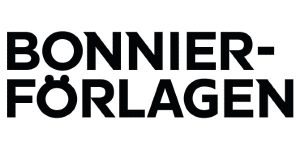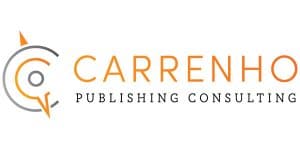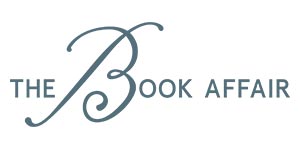
Det universella språket : efterkrigstidens abstrakta konst / The universal language : post-war abstract art

| Serie | Skiascope |
|---|---|
| Författare | |
| Förlag | Göteborgs konstmuseum |
| Genre | Konst |
| Format | Danskt band |
| Språk | Svenska |
| Antal sidor | 592 |
| Vikt | 1136 gr |
| Utgiven | 2018-06-13 |
| SAB | Ib.5 |
| ISBN | 9789187968990 |
Kärv spansk modernism, stringent konkretism, expressivt Cobra-måleri och Lucio Fontanas snittade duk. Med den forskningsbaserade utställningen Det universella språket. Efterkrigstidens abstrakta konst undersöks efterkrigstidens abstrakta måleri med utgångspunkt i museets samling. Visuellt slagkraftiga bilder bjuder in till ett fördjupat seende och en kritisk reflektion kring vad som är nationellt och internationellt, kulturspecifikt och universellt i konsten.
Decennierna efter andra världskriget dominerade abstraktionen det internationella konstlivet. Abstrakt var synonymt med modern, men abstraktionen betraktades också som ett universellt språk som renodlat konstens egentliga innehåll, bestående av färg- och formrelationer. Med utgångspunkt i Göteborgs konstmuseums, Konsthallen Göteborgs, Moderna Museets och Liljevalchs konsthalls utställningshistorik under perioden 1945–1970, undersöker Kristoffer Arvidsson idéer om vad som är nationellt och internationellt, kulturspecifikt och universellt i konsten. Vilka värden och föreställningar knöts till det abstrakta uttrycket? Varför var det så dominerande och hur kunde det så plötsligt förlora sitt tolkningsföreträde några år in på sextiotalet?
I undersökningen av katalogtexter blottas en spänning mellan det universella och det moderna, det internationella och det nationella, centrum och periferi. Återkommande uttrycks en föreställning om internationalism som utbyte mellan relativt stabila nationella kulturer, vilken skiljer sig från dagens idéer om transkulturalism. Under femtio- och sextiotalet föreställdes moderna konstnärer världen över delta i konstens internationella utveckling med sina egna varianter av abstrakt konst.
Skiascope 9 ges ut i samband med utställningen Det universella språket. Efterkrigstidens abstrakta konst på Göteborgs konstmuseum. Boken är illustrerad med 59 konstverk ur Göteborgs konstmuseums samling samt med ett flertal omslag till utställningskataloger från perioden.
*
Austere Spanish modernism, stringent concretism, expressive Cobra paintings, and Lucio Fontana’s sliced canvas. In the research-based exhibition The Universal Language: Post-War Abstract Art, post-war abstract art is explored using the museum’s collection as a point of departure. Visually powerful works invite the viewer to take part of a deeper way of seeing, and critically reflect on what is national and international, culturally specific and universal in art.
In the post-war decades, abstraction dominated the international art scene. Abstract was synonymous with modern, but abstraction was also regarded as a universal language that had refined art’s actual content, consisting of colour and form relationships. On the basis of the exhibition history of Gothenburg Museum of Art, Gothenburg Art Gallery, Moderna Museet, and Liljevalchs Art Gallery for the period 1945–70, Kristoffer Arvidsson explores the concepts of what is national and international, culturally specific and universal in art. Which values and ideas were associated with abstract expression? Why was it so dominant and how could it so suddenly lose its interpretative prerogative in the early sixties?
In the study of the catalogue texts, it becomes clear that there is a tension between the universal and the modern, the international and the national, centre and periphery. A recurring idea is that internationalism is an exchange between relatively stable national cultures, in contrast to the notions of trans-culturalism in the present time. During the fifties and sixties, there was a conception that modern artists all over the world took part in the development of international art with their own variants of abstract art.
Skiascope 9 is published in connection to the exhibition The Universal Language: Post-War Abstract Art at Gothenburg museum of Art. The book is illustrated with 59 artworks from the collection of Gothenburg Museum of Art and front covers of exhibition catalogues from the period.
